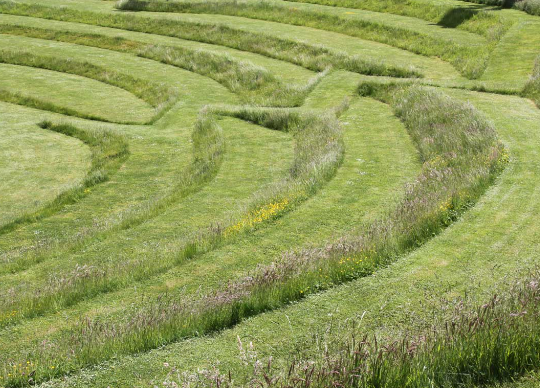Exploring the Vision of Kim Wilkie: A Leader in Landscape Architecture
Kim Wilkie is a prominent figure in the realm of landscape architecture, known for his innovative designs that harmoniously integrate nature with human environments. His work goes beyond aesthetics; it embodies the philosophy of sustainability, cultural relevance, and community engagement. This article delves into the essence of Kim Wilkie’s approach to landscape architecture and highlights some of his notable projects.
Transformative Designs for Urban Spaces
One of Wilkie’s signature strengths lies in his ability to transform urban spaces into vibrant ecosystems. By utilizing native plants and natural materials, he designs landscapes that not only enhance aesthetic appeal but also promote biodiversity. His projects often involve rehabilitating degraded environments and creating inviting public spaces that foster social interaction. This approach revitalizes city landscapes, making them more enjoyable and environmentally friendly.
Innovating with Nature-Based Solutions
Wilkie advocates for nature-based solutions that address pressing environmental challenges. His designs focus on improving water management, reducing pollution, and mitigating climate change impacts. One notable project is the revitalization of the River Thames’ banks, where he introduced green corridors that facilitate wildlife movement and improve air quality. By creatively addressing ecological issues, Wilkie demonstrates how landscape architecture can play a crucial role in advancing urban sustainability and resilience.
Community Engagement and Cultural Significance
Central to Wilkie’s philosophy is the belief that landscape architecture should resonate with the history and culture of a place. He actively involves local communities in the design process, ensuring their needs and values are reflected in the final outcome. This collaborative approach not only fosters a sense of ownership but also enriches the project’s cultural significance. For instance, his work on the restoration of historic gardens often incorporates educational elements, helping residents connect with their heritage while enjoying the natural beauty.
Conclusion: Discover the Impact of Kim Wilkie’s Work
Kim Wilkie’s contributions to landscape architecture exemplify a commitment to enhancing the relationship between people and their environments. His transformative designs, innovative approaches to ecological challenges, and emphasis on community engagement make him a pivotal figure in sustainable urban development. To learn more about his work and its impact on communities, consider exploring his projects and the principles that guide his design philosophy. Embrace the beauty of nature while recognizing its importance in our daily lives!

